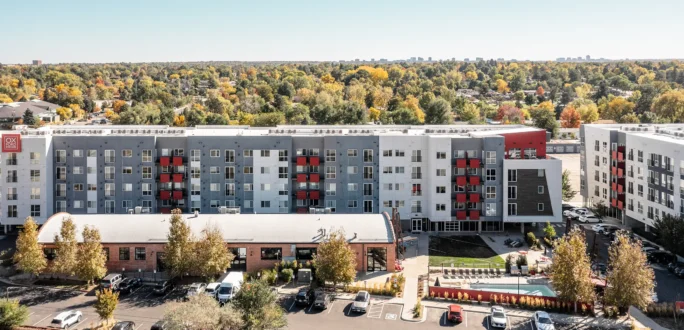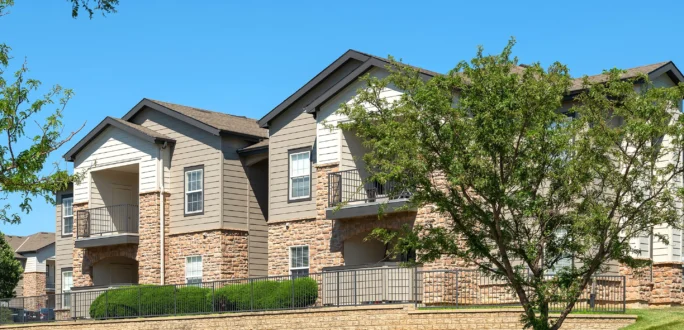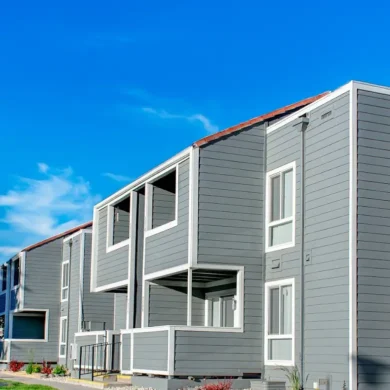
Multifamily Market Poised for Long-Term Growth and Opportunity
 The Morris (Nashville, Tennessee)
The Morris (Nashville, Tennessee)
Kurt Houtkooper recently spoke with Wealth Management.com to share his 2025 outlook on the multifamily industry. While 2024 brought its challenges, Kurt highlights why multifamily remains a resilient and essential asset class for long-term investors.
The past several years have presented significant challenges for the multifamily industry.
A surge in the delivery of new apartment units has dampened rent growth and nudged vacancy rates upward in many metropolitan areas. At the same time, investment sales of apartment communities have slowed substantially, in part because of high interest rates and a decrease in property values.
Some of these challenges will remain in 2025. However, multifamily’s operating fundamentals are projected to improve in 2026. Furthermore, those looking to add diversified, long-term alternative investments to their portfolio shouldn’t get too caught up in the year-to-year ebbs and flows of the apartment industry because, over the long-term, institutional-quality multifamily communities can be key drivers of wealth creation.
2024: By the Numbers
As recently as early 2022, apartment operators were enjoying nearly double-digit annual rent growth. Since then, however, a tidal wave of new construction has diminished those robust increases in certain markets.
According to Apartments.com, approximately 636,000 new units will be delivered this year, marking a 40-year record. In October, the average rent in the U.S. stood at $1,558 per month, an increase of 1% from one year earlier. In the third quarter, the national vacancy rate was 7.8%, a drop of 10 basis points from the second quarter and the first quarterly decrease since the end of 2021, Apartments.com says.
Meanwhile, the pace of apartment investment sales in 2024 has remained subdued when compared to historical norms, but there are signs of recovery. In the third quarter, investment sales totaled $35.8 billion, which represents a year-over-year increase of 9.3%, according to Newmark.
A Bright Future
Over the past year, it’s been almost impossible for apartment developers to get construction loans. Consequently, the delivery of new units will taper dramatically in the years ahead.
Beginning in the second half of 2026 and continuing through the following two years, a significant reduction in new unit deliveries will create favorable conditions for the multifamily sector. With fewer developments, the existing apartment stock will experience higher absorption rates, boosting occupancy levels and driving rent growth.
Investment sales are expected to gain momentum as early as 2025. The Fed’s easing monetary policy will likely increase investors’ risk appetite, encouraging more equity deployment into multifamily assets. At the same time, stronger bank balance sheets will provide greater access to debt capital, fueling a rise in transaction volumes.
Markets such as Washington, Nevada and California offer promising acquisition opportunities due to strong fundamentals and less new supply compared to the Southeast. These areas are well-positioned for long-term growth, making them especially attractive for strategic investors.
Over the next couple of years, as the industry returns to a phase of rent growth, more capital will enter the market, enhancing property values and compressing cap rates.
The Big Picture
Multifamily’s long-term fundamentals are resilient, and investing in institutional-quality apartment communities with the right sponsor can provide consistent income, tax benefits, portfolio diversification and capital appreciation. Over time, these investments can help build multigenerational wealth.
For those investors seeking diversified alternative investments for their portfolio, multifamily remains an asset class worthy of consideration.






